
The Business of Fashion
Agenda-setting intelligence, analysis and advice for the global fashion community.

Agenda-setting intelligence, analysis and advice for the global fashion community.
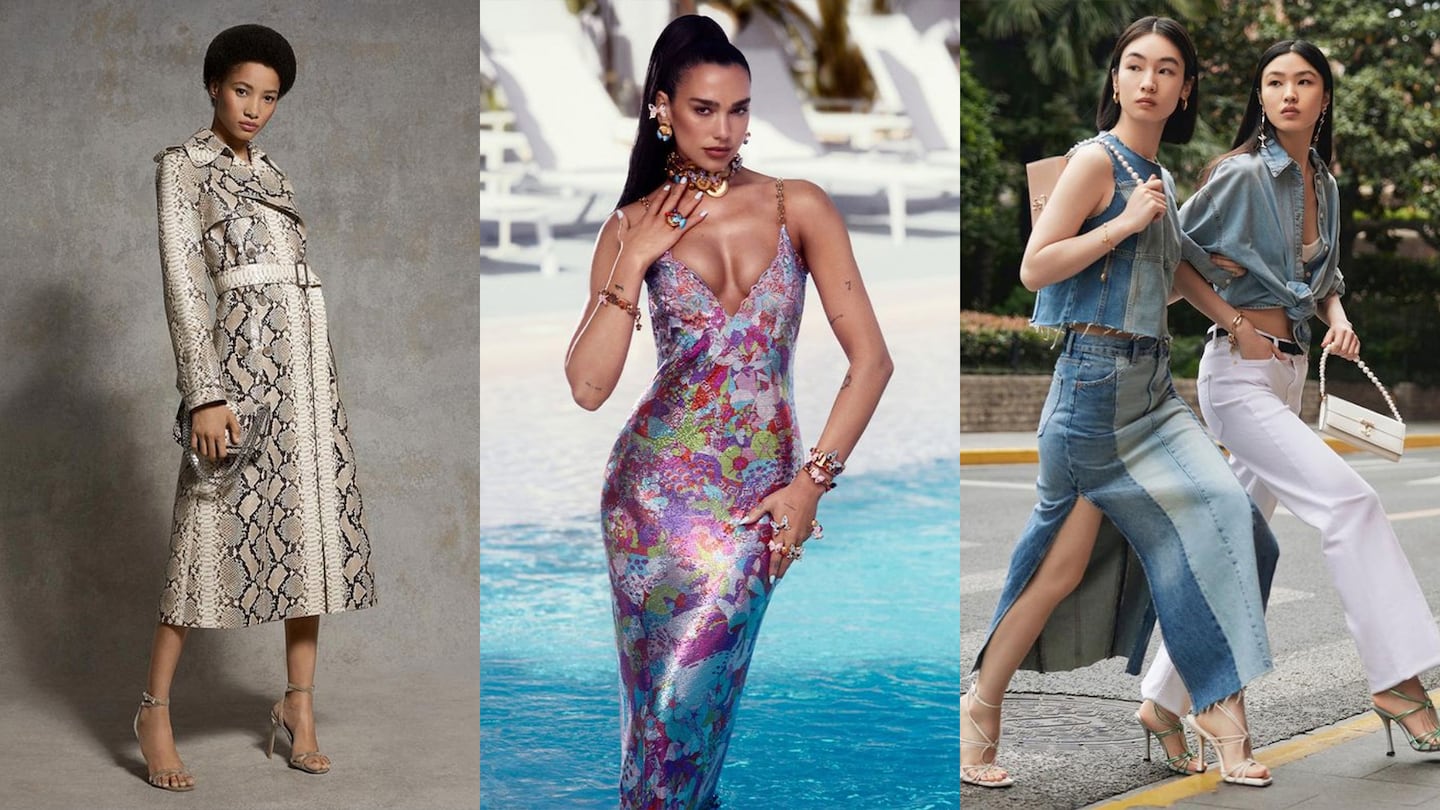
LONDON — The recent wave of fashion dealmaking shows no signs of slowing down as smaller players look to scale up to compete with behemoths LVMH and Kering. This week, it was accessible luxury group Tapestry’s acquisition of rival Capri Holdings — owner of the Michael Kors, Versace and Jimmy Choo brands — that took the industry by surprise.
The transaction values Capri at $8.5 billion, a 55 percent premium on the company’s three-month average share price before the deal or 9x adjusted EBITDA. But this is far below the EBITDA multiples we have seen recently in the luxury sector. Capri is disproportionately exposed to aspirational customers in the US, who have pulled back on spending. So while Tapestry’s chief executive officer Joanne Crevoiserat may be positioning the post-merger entity as “a global luxury house,” this is more aspiration than reality on both dimensions.
Revenues remain weighted towards the US: The enlarged group — which includes Tapestry’s existing brands Coach, Kate Spade and Stuart Weitzman — will have more of a global footprint when the transaction completes sometime in 2024, but today more than 60 percent of combined revenues are still generated in the Americas — mostly the US. By contrast, LVMH and Kering, whose revenues are more evenly distributed across the globe, benefit from geographic diversification, which helps to even out economic ups and downs in different parts of the world. Tapestry will need to find a way of growing its business in Europe, as well as emerging markets in South East Asia and India.
Positioning is more ‘accessible luxury’ than ‘pure luxury’: The combined group delivers more than $2 billion in operating profit, but at around 16 percent, its margins are much lower than pure luxury groups like Kering and LVMH, which deliver 26 percent in operating margins and far below industry leader Hermès at more than 42 percent. Cost synergies of around $200 million will help, but ultimately Tapestry will have to deliver stronger profitable top-line growth in order to realise its brands’ full potential.
ADVERTISEMENT
Here’s my playbook for Tapestry’s three new brands:
Michael Kors needs to stop discounting and would benefit from a new creative spark: The “jet set” brand which drives the lion’s share of revenues for Capri is known around the world for its charismatic and energetic founder and stalwart celebrity supporters like Kate Hudson, Sarah Jessica Parker and Katie Holmes. Its DNA is clear. However, an overreliance on discounting and outlet channels has diluted the brand’s appeal. To move the brand upmarket, Tapestry can bring out the playbook it used to reposition Coach, which faced similar challenges but has been successfully repositioned to sell more of its core leather goods at full price, around $300 per handbag, on average, which is still far below true luxury price points.
One thing I’ve always found confusing at Kors is the various sub-brands — Michael Kors Collection and Michael Michael Kors — which are not clearly distinguishable from each other in the customer’s eyes. Most other players have pulled back on sub-brands, selling a wider range of price points under one umbrella brand.
What’s more, the label’s founder Michael Kors may still be nominally involved as a face of the brand, but this won’t be true forever, and the brand would benefit from some new creative energy, similar to the revamp that veteran leather goods designer Stuart Vevers brought to Coach. Could a sizzling American runway designer like Christopher John Rogers or Brandon Maxwell working alongside Kors (à la Miuccia and Raf at Prada) help to bring some new fire to the brand and set up a potential succession plan? I think so.
Versace is an underleveraged jewel with real global potential: Awareness of the Versace brand is still far larger than the size of its business would suggest, even if the brand has taken recent steps to close this gap. Versace is a name known around the world but does only around $1.1 billion in annual revenue. Fiscal Q1 2024 sales shrank by 5.8 percent. The business is losing market share and not keeping up with its peers.
Given its rich DNA and brand codes, Versace could easily be a $5 billion brand —— but it requires a tighter merchandising and marketing strategy. Its bold ready-to-wear is a strength. One recent highlight is the Dua Lipa La Vacanza collaboration which I saw in person at the brand’s boutique on the Italian island of Capri this week. It looked great! But though the brand has had some success in boosting sales in the more profitable accessories category, this part of the brand’s offering still needs work.
Emmanual Gintzburger, who joined from Kering in March 2022, is an able CEO, and Donatella Versace brings a direct connection to the brand’s founder, Gianni Versace. Keeping Donatella motivated, engaged and connected will be key to the brand’s success — as will laying out a succession plan for when she steps down. Kim Jones and Christopher Kane, two designers she has nurtured for years, would both be strong candidates.
Jimmy Choo needs a more digitally savvy marketing strategy: By my count, Jimmy Choo has had no less than six different owners in the last 25 years — a number of private equity owners and now Tapestry, the third luxury group after Labeluxe and Capri. The one thing that has helped keep the brand consistent over that period is affable and talented creative director Sandra Choi, who is a niece of the brand’s namesake founder and has been with the brand since 1996.
ADVERTISEMENT
But recently, Jimmy Choo has lost its brand heat which peaked in the days of Sex and The City. Newer footwear-led brands like Amina Muaddi have taken over the celebrity spotlight and have been smarter about creating buzz and conversations online.
1. What Zimmermann Did Right. This week, the Australian label’s founders and private equity backers sold a majority stake to Advent International in a deal valuing the business at just over $1 billion at a time when others in the accessible luxury space have struggled to find buyers. Marc Bain examines how Simone and Nicky Zimmermann have achieved this milestone.
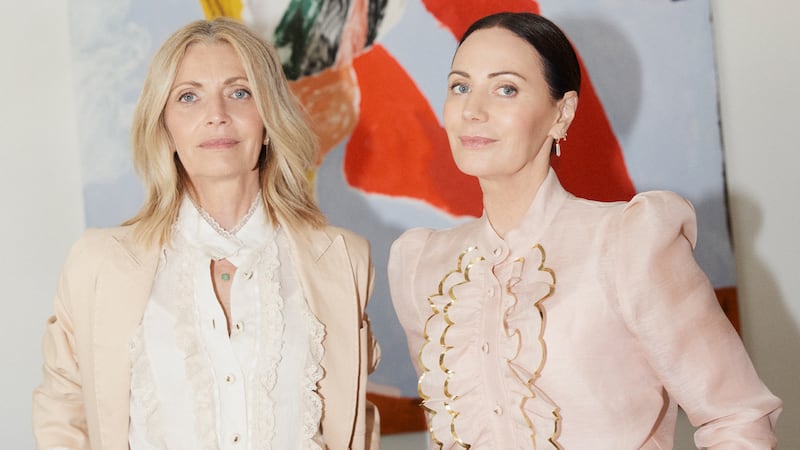 Opens in new window
Opens in new window2. Explainer: How Russia’s Wartime Fashion Market Works. Russia’s invasion of Ukraine has been devastating for businesses in Kyiv and changed the dynamics of the fashion industry in Moscow more profoundly than anyone expected early last year. Tamison O’Connor wrote a very interesting explainer breaking down how things have changed. The impact of Western sanctions has been significant, but hasn’t completely cut off the availability of international brands in Russia. Meanwhile, the crisis has created new opportunities for local players and fashion companies from China and Turkey looking to fill the void.
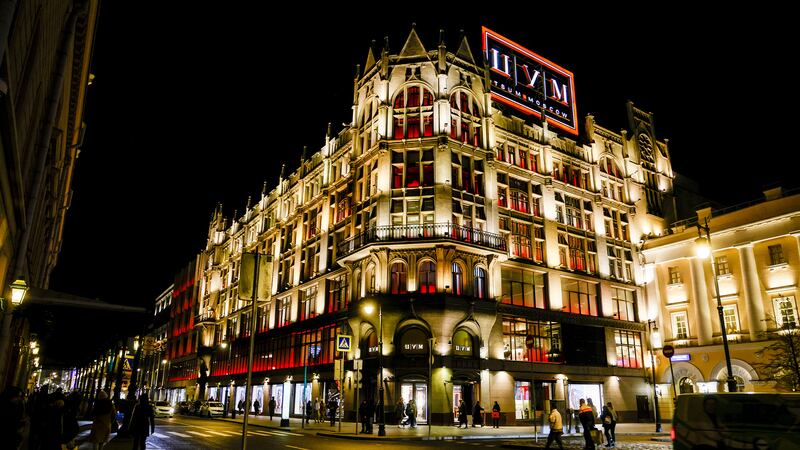 Opens in new window
Opens in new window3. What Really Happens on a Tarte Influencer Trip. Our intrepid reporter Malique Morris went along on one of the beauty brand’s notorious influencer trips. But this time the trip was for 13 ordinary customers and their plus-ones to see Beyoncé in concert. Malique examined how the company manages and measures the success of these outings.
 Opens in new window
Opens in new window4. What Went Wrong at Amyris? The manufacturer-turned-incubator filed for Chapter 11 bankruptcy and put its consumer businesses, including lines from Jonathan Van Ness and Rosie Huntington-Whiteley, up for sale and shut down its Onda Beauty and Francisco Costa brands. Our executive editor of The Business of Beauty, Priya Rao, has been following this developing story all week and filed her analysis on how things spun out of control.
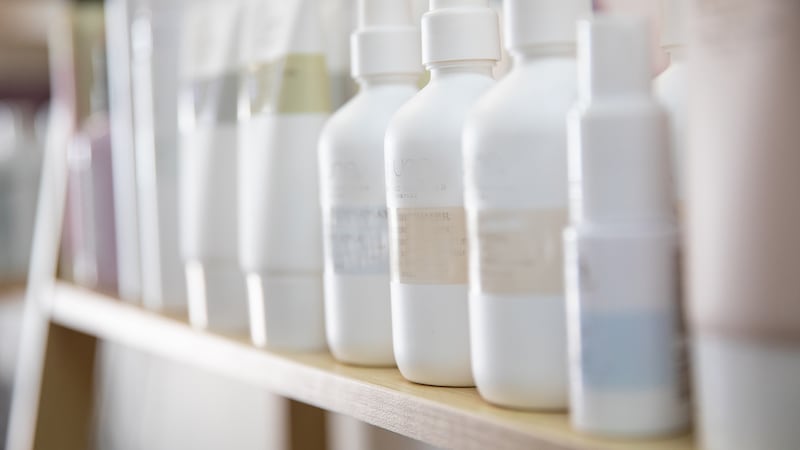 Opens in new window
Opens in new window5. Can the Fifteen Percent Pledge Get Past the Number? Only a few signatories of the pledge set up by Aurora James in 2020 have given updates on how many Black-owned brands they carry; none has declared it’s met its Pledge goal, reported Sheena Butler-Young. As the climate around diversity initiatives shifts, the nonprofit is adapting its messaging to emphasise the need for long-term, structural changes over quick fixes. Will it work?
 Opens in new window
Opens in new window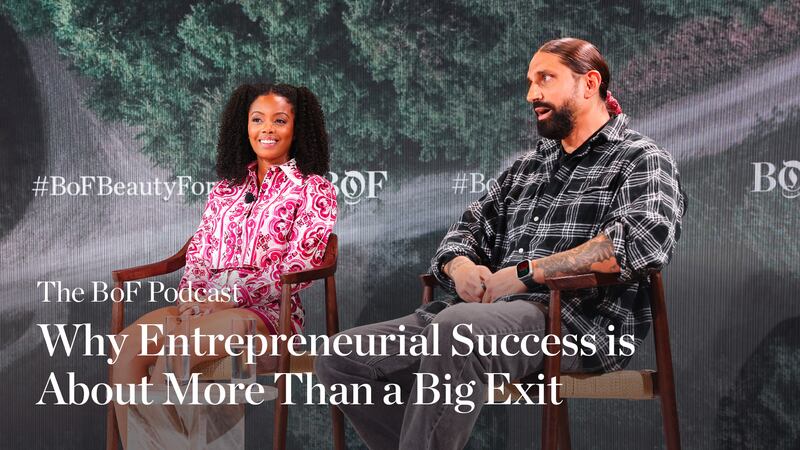 Opens in new window
Opens in new windowEvery year, millions of people set out to build successful businesses – yet very few succeed. Indeed, most startup businesses don’t last for more than a couple of years, and very few of them make it to profitability, let alone a billion-dollar exit.
This week on The BoF Podcast we hear inspiring entrepreneurial stories from Ben Gorham of Byredo and Monique Rodriguez of Mielle Organics who spoke at BoF’s The Business of Beauty Global Forum 2023 about their journeys to selling their businesses — but also the underlying motivation and purpose behind the companies they founded and what makes them so special. I hope you find it as inspiring as I did.
ADVERTISEMENT
Enjoy your weekend!
Imran Amed, Founder, CEO and Editor-in-Chief, The Business of Fashion
To receive this email in your inbox each Saturday, sign up to The Daily Digest newsletter for agenda-setting intelligence, analysis and advice that you won’t find anywhere else.
Hermes saw Chinese buyers snap up its luxury products as the Kelly bag maker showed its resilience amid a broader slowdown in demand for the sector.
The group’s flagship Prada brand grew more slowly but remained resilient in the face of a sector-wide slowdown, with retail sales up 7 percent.
The guidance was issued as the French group released first-quarter sales that confirmed forecasts for a slowdown. Weak demand in China and poor performance at flagship Gucci are weighing on the group.
Consumers face less, not more, choice if handbag brands can't scale up to compete with LVMH, argues Andrea Felsted.